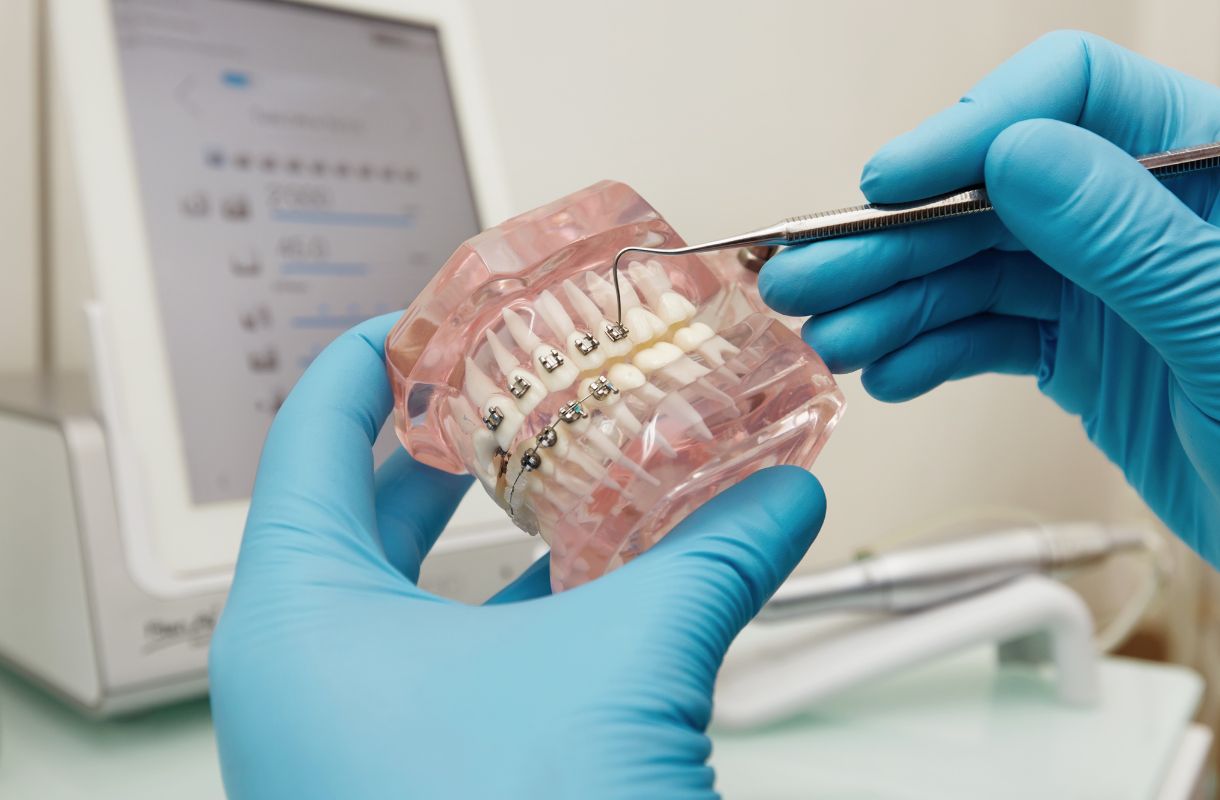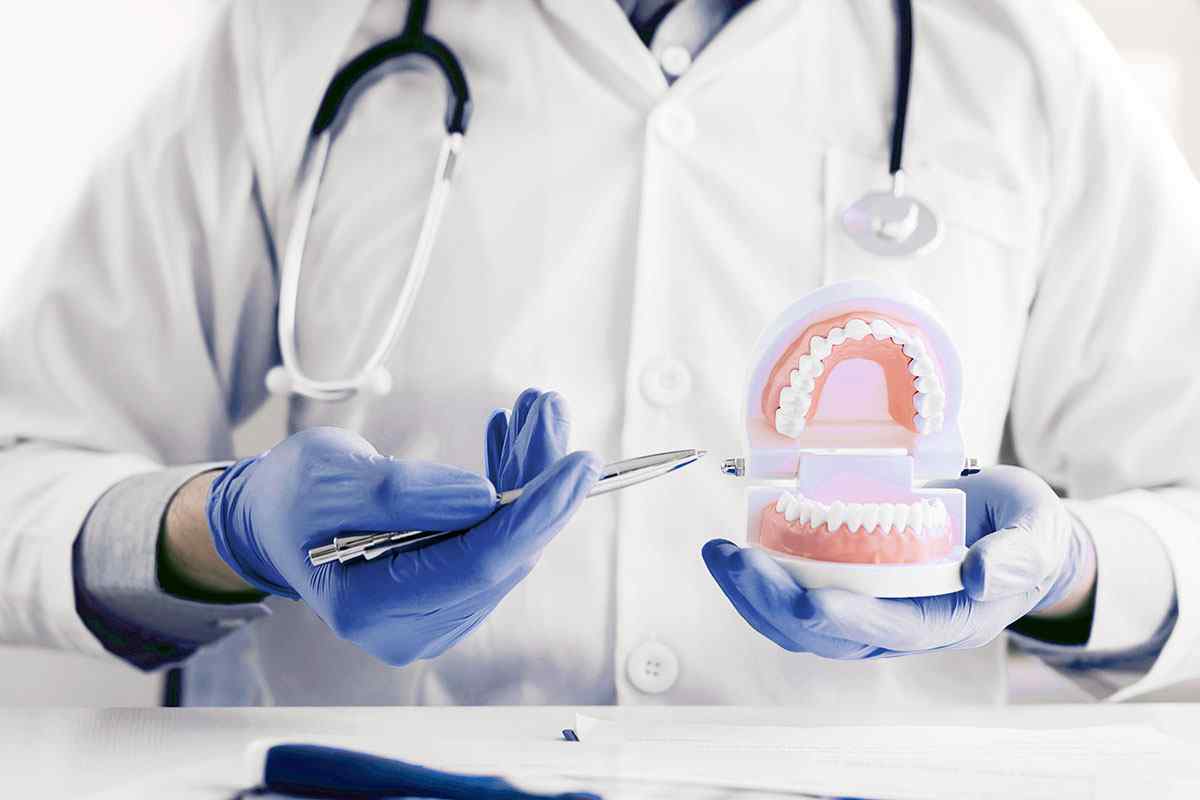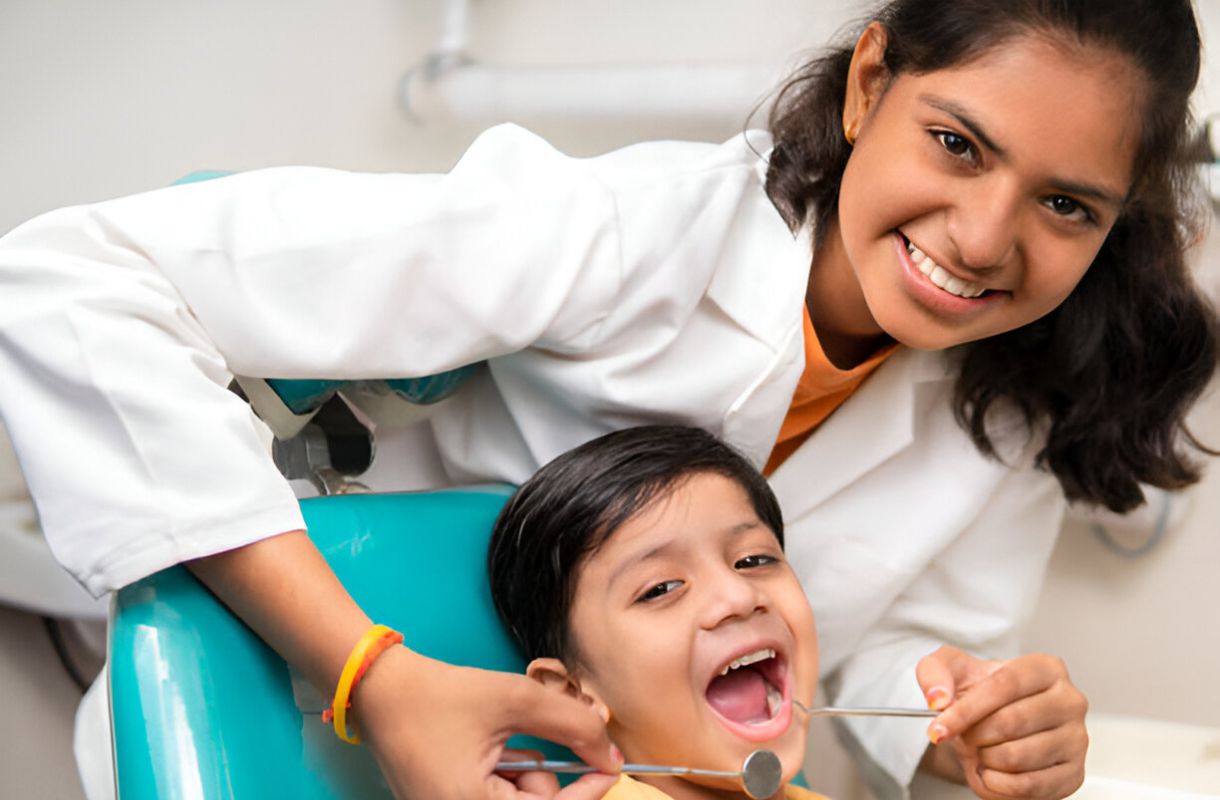What is
Early Assessment of Orthodontic Needs?
Early assessment of orthodontic needs is a crucial step in ensuring optimal oral health and a beautiful smile for children.
By identifying potential issues early, parents and dental professionals can take proactive measures to address problems before they become more complex and challenging to treat.
The Importance of Early Orthodontic Evaluation
The American Association of Orthodontists recommends that children have their first orthodontic check-up no later than age 7. This early evaluation allows orthodontists to:
- Detect developing problems
- Determine the best time for treatment
- Guide jaw growth
- Prevent more severe issues from developing
At Smiline, we offer comprehensive early orthodontic assessments to ensure your child’s dental development is on the right track.
Common Orthodontic Issues in Children
Several orthodontic problems can be identified during early assessments:
Crowding
Crowding occurs when there isn’t enough space in the jaw for all the teeth to fit properly.
Early detection can help in planning interventions to create more space and prevent the need for tooth extractions later.
Crossbite
A crossbite is when upper teeth fit inside the lower teeth. This can lead to uneven jaw growth and wear on the teeth if left untreated.
Overbite and Underbite
An overbite is when the upper front teeth excessively overlap the lower front teeth, while an underbite is when the lower front teeth are ahead of the upper front teeth. Both can affect facial appearance and dental function.
Open Bite
An open bite occurs when the upper and lower front teeth don’t meet when the back teeth are closed. This can interfere with proper chewing and may lead to speech problems.
The Assessment Process
At Smiline, our early orthodontic assessment process is thorough and child-friendly:
- Comprehensive oral examination
- X-rays and digital imaging
- Discussion of family dental history
- Evaluation of oral habits
- Personalized treatment recommendations
Benefits of Early Orthodontic Assessment
Early orthodontic evaluation offers numerous advantages:
Guiding Proper Jaw Growth
Early intervention can help guide jaw growth, potentially reducing the need for more invasive treatments later in life.
Creating Space for Incoming Teeth
By addressing crowding issues early, orthodontists can create space for permanent teeth to come in properly, reducing the risk of impacted teeth.
Correcting Harmful Oral Habits
Early assessment allows for the identification and correction of harmful habits like thumb-sucking or tongue thrusting, which can affect dental development.
Improving Facial Symmetry
Early orthodontic treatment can help improve facial symmetry by guiding the growth of the jaw and facial bones.
Boosting Self-Esteem
Addressing orthodontic issues early can prevent self-consciousness about dental appearance, boosting a child’s self-esteem.
Preventive Measures and Interventions
Based on the early assessment, orthodontists may recommend various preventive measures or early interventions:
Space Maintainers
These devices help keep space open for permanent teeth when a baby tooth is lost prematurely.
Palatal Expanders
Expanders can widen the upper jaw to correct crossbites and create more space for crowded teeth.
Limited Phase 1 Orthodontics
In some cases, limited braces or other appliances may be recommended to address specific issues before all permanent teeth have erupted.
The Role of Parents in Early Orthodontic Care
Parents play a crucial role in their child’s orthodontic health:
- Schedule regular dental check-ups
- Be aware of signs that may indicate orthodontic issues
- Follow through with recommended treatments or interventions
- Encourage good oral hygiene habits
At Smiline, we work closely with parents to ensure they understand their child’s orthodontic needs and the importance of early intervention.
Long-Term Benefits of Early Assessment
Early orthodontic assessment and intervention can lead to:
- Reduced treatment time for comprehensive orthodontics later
- Lower risk of tooth extractions
- Improved oral health outcomes
- Enhanced facial aesthetics
- Better overall dental function
FAQs
Not necessarily. An early evaluation is primarily to identify potential issues. Many children who have early evaluations may not need immediate treatment, and some may not need braces at all.
An initial evaluation usually takes about 30 minutes to an hour. This includes time for examination, discussion with the orthodontist, and addressing any questions or concerns.
In some cases, yes. Early intervention can guide jaw growth and development, potentially eliminating the need for more invasive procedures like jaw surgery in the future.
While your dentist may not have recommended it, it is suggested that evaluation by age 7. It’s always better to have an assessment to ensure proper development, even if no issues are apparent.
If no immediate treatment is needed, the orthodontist may recommend check-ups every 6 to 12 months to monitor growth and development. The frequency can vary based on individual needs.
Pediatric Dentistry
Get In Touch With Us
+91 7702425551 - Hitech City
Book An Appointment
Book a visit to Smiline, simply fill out the form below and we will contact you back regarding the intervention you require.



